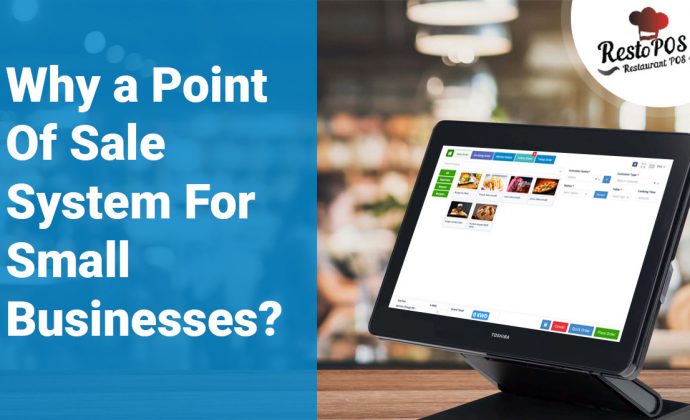When should I invest in an ERP system? If you run a small firm that produces or distributes tangible goods and you don’t already have one, you may be asking. Startup manufacturers frequently utilize accounting programs like QuickBooks and spreadsheets to keep track of things like payroll, inventory, sales, and expenses. However, when your company expands, these methods become burdensome, put you in danger, and restrict your capacity to make important choices. So, how can you determine when to make an ERP investment? Here is a guide to assist you in assessing your risks and the potential benefits of deploying an excellent ERP. If: You are most likely prepared for an actual ERP. 1. You conduct a large portion of your business using spreadsheets and/or Access databases. Spreadsheets are effective tools for data entry automation as well as tracking and tabulating. You might have created templates to track inventory, predict costs, market to customers, and much more. You might even be an expert in the use of macros, pivot tables, linking, and formulas. These spreadsheets or Access databases, however sophisticated they may be, fall short when There are only one or two people who can change them effectively. A key employee of the company who is skilled in making adjustments is sometimes the business owner and other times another employee. In either case, your firm is in danger if a crucial employee leaves or if the owner spends too much time maintaining systems rather than managing the company. Oftentimes, seemingly minor advancements have unintended repercussions. Since your company’s “expert” in Excel or Access lacks an IT team to conduct troubleshooting, resolving issues could take a long time or be impossible. Additionally, he or she can lack the expertise required to make decisions in a certain area of the organization (such as accountancy). Utilizing an ERP solution like ERPNEXT, custom-made by SMB Solutions gives you access to manufacturing experts who are familiar with the platform. People that worked on the initial creation of the ERP from the fields of finance, operations, quality, and production are available to teach your company how to use it. The same information needs to be entered multiple times. Duplicate data entry not only costs the business time but also makes mistakes easier to make. When you don’t have a number you should, for example, small mistakes can have big effects. Finding out which orders are the most profitable, which quotations are most likely to result in orders, how much scrap costs, or the reason your profit has dropped over the past six months may take hours if your files are not linked. When your databases track quality, sales, and inventory as different files, reports that are “typical” for ERP systems must be custom-built. What professions and product categories are the most lucrative? As your manufacturing company expands, you’ll want to learn more about profitability. You’ll need the sophistication of an ERP system created to do this in order to access this granular information, such as “How much did I estimate this task would cost compared to how much it actually cost?” Labor (how many hours at what cost? ), inventory (raw materials), and external processes are examples of typical task costs (work is done by someone else). You must determine which clientele and product categories are the most lucrative on a higher level. You cannot be certain that the high-level product line data are correct until you gather and tabulate the specifics of expenses for each job. 2. You wish to obtain ISO certification. Your clients in the manufacturing industry anticipate timely deliveries of high-quality goods at reasonable pricing. To increase overall profitability, you want to lower your quality-related costs, cut costs, and shorten lead times. A globally recognized standard for Quality Management Systems (QMS) is offered by the International Organization for Standardization (ISO) to assist manufacturers in achieving these three objectives. They will also require certification for your products if you sell to other ISO-certified manufacturers. Even though it’s not required, it’s a good idea to have an ERP ISO certified because they provide the infrastructure and data management needed for these QMS procedures. Documenting your production procedures is fundamental to ISO. Without an ERP system, documentation can be laborious and time-consuming. It is recommended to prioritize your ERP deployment over the ISO certification in order to avoid having to go through this hard document procedure twice. 3. You currently employ more than five people and intend to expand. The importance of everyone using the same system to perform their jobs and send information along the process increases as the number of employees climbs. The normal “Quote to Cash” procedure is as follows: A quote is followed by a sales order, a work order or bill of materials, a purchase order for raw materials, an inventory receipt, and finally, a labor collection and other costs. Inventory of finished goods including costs, collection against jobs, shipping, and billing An ERP system makes sure that the relevant client data entered at the time of the quote is carried over to the billing process. The specifications entered at the time of the sales order are visible to the production staff. Using the customer’s instructions from the Sales Order, Shipping sends the goods to the correct shipping address. The same documents (Sales Orders, Purchase Orders, Packing Slips, Invoices, etc.) are required without an ERP, but if they are produced separately, they are more prone to mistakes, require more time to enter, and are unrelated to financial reporting. In conclusion, when your current business procedures take too long, rely too heavily on one or two people, don’t give you the information you need, and don’t support your expansion plans, you know you need an ERP system. Start your ERP search right away to see how an ERP system may propel your manufacturing company to greater heights.



